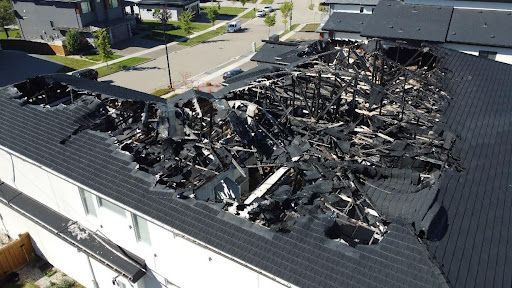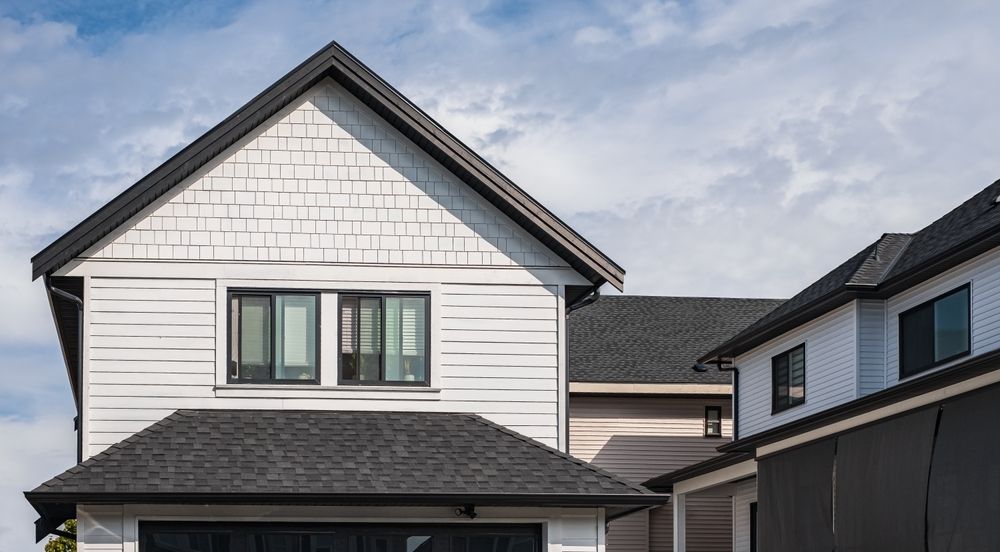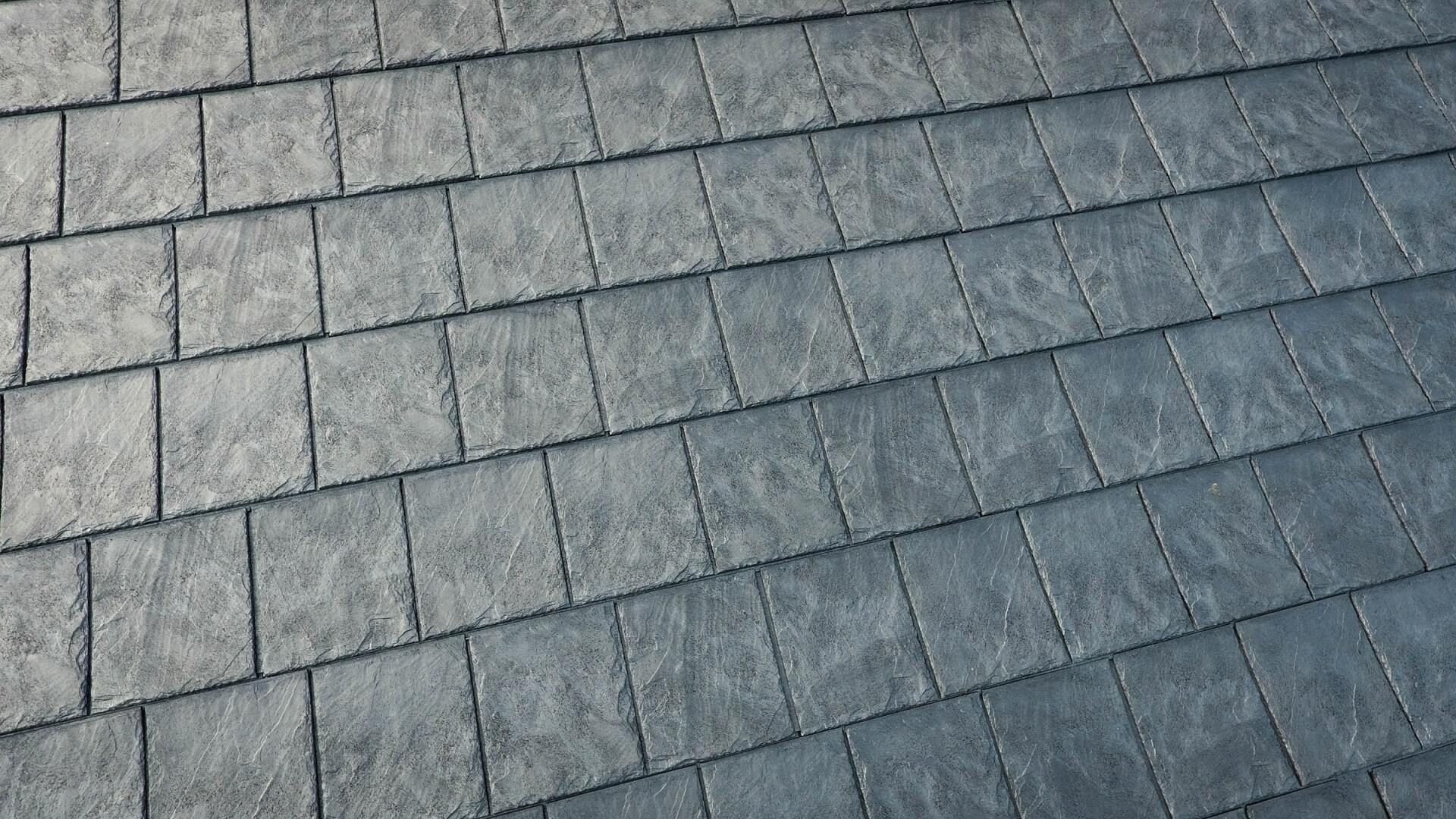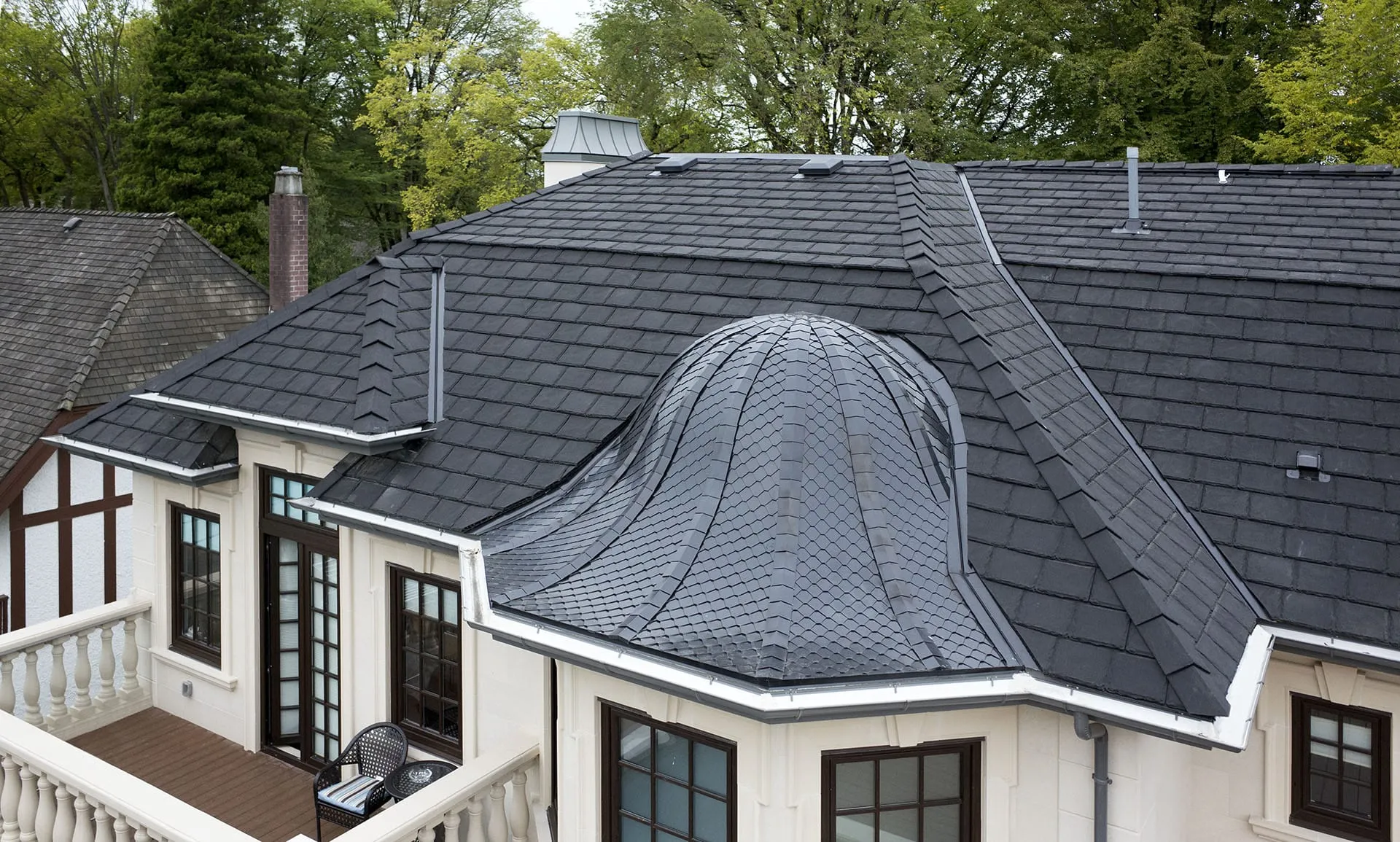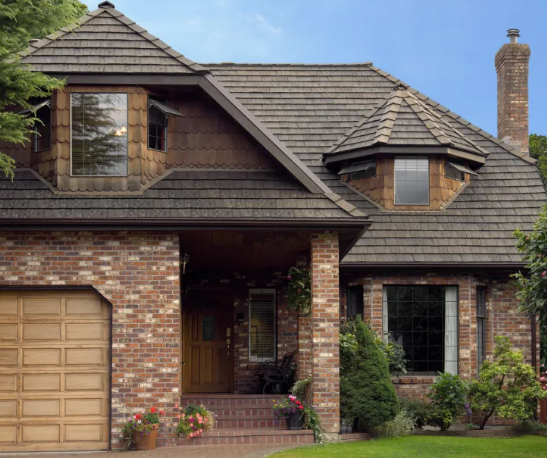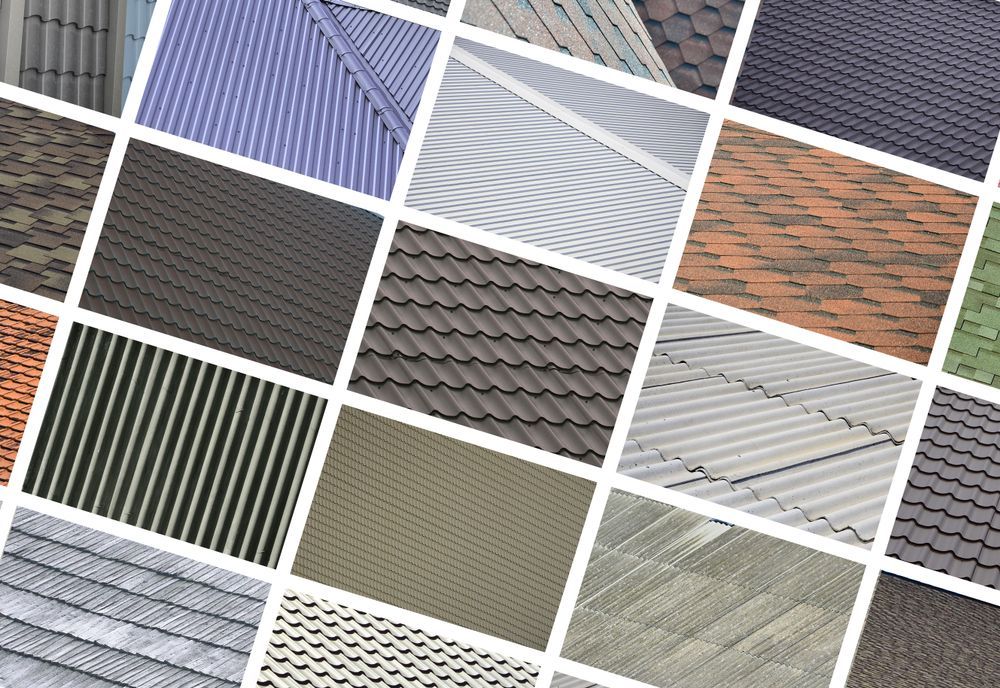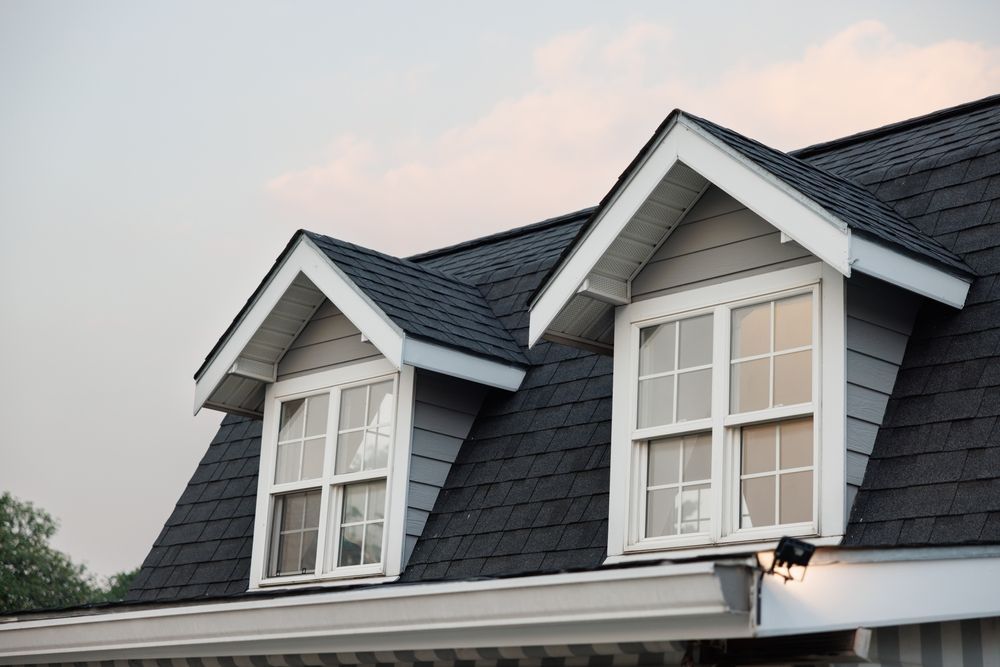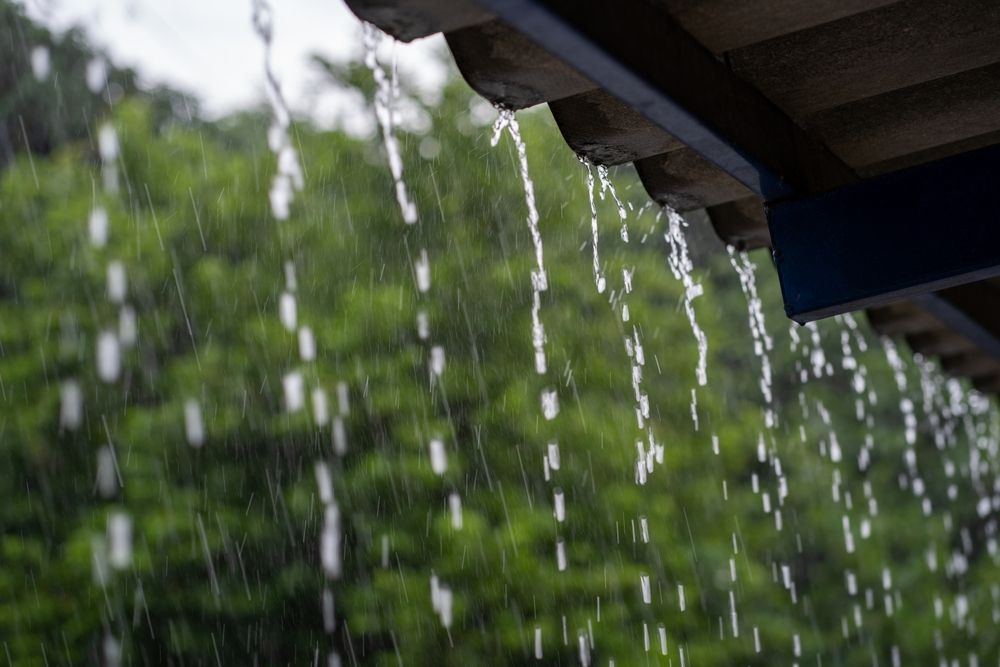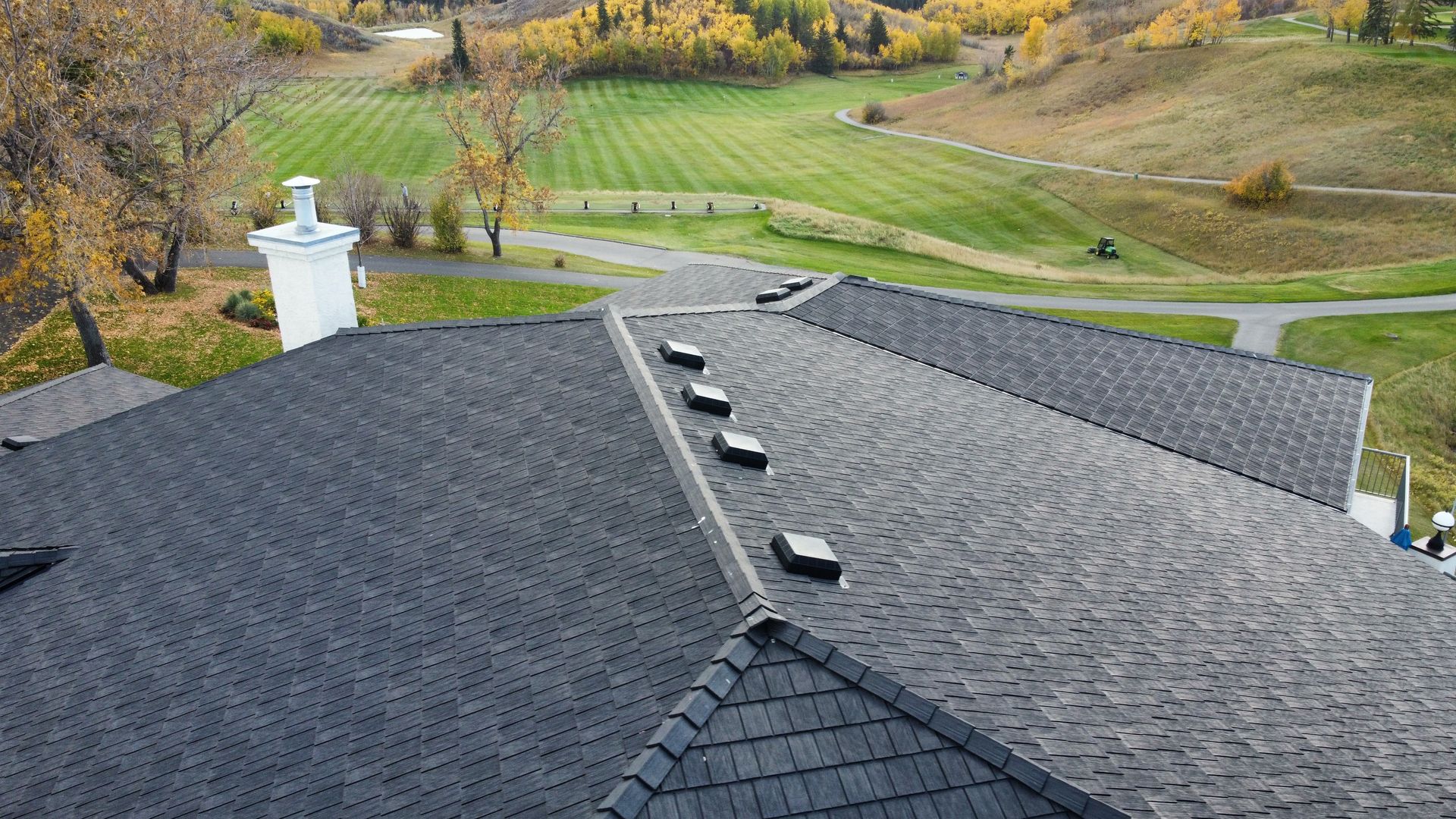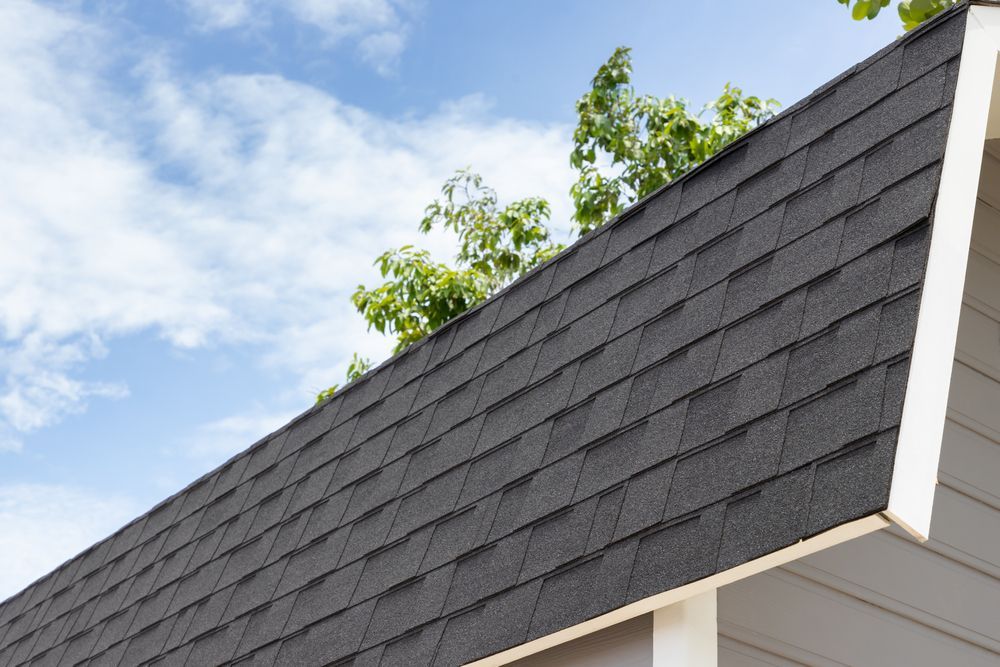Euroshield Roofing Provides Superior Wind Performance
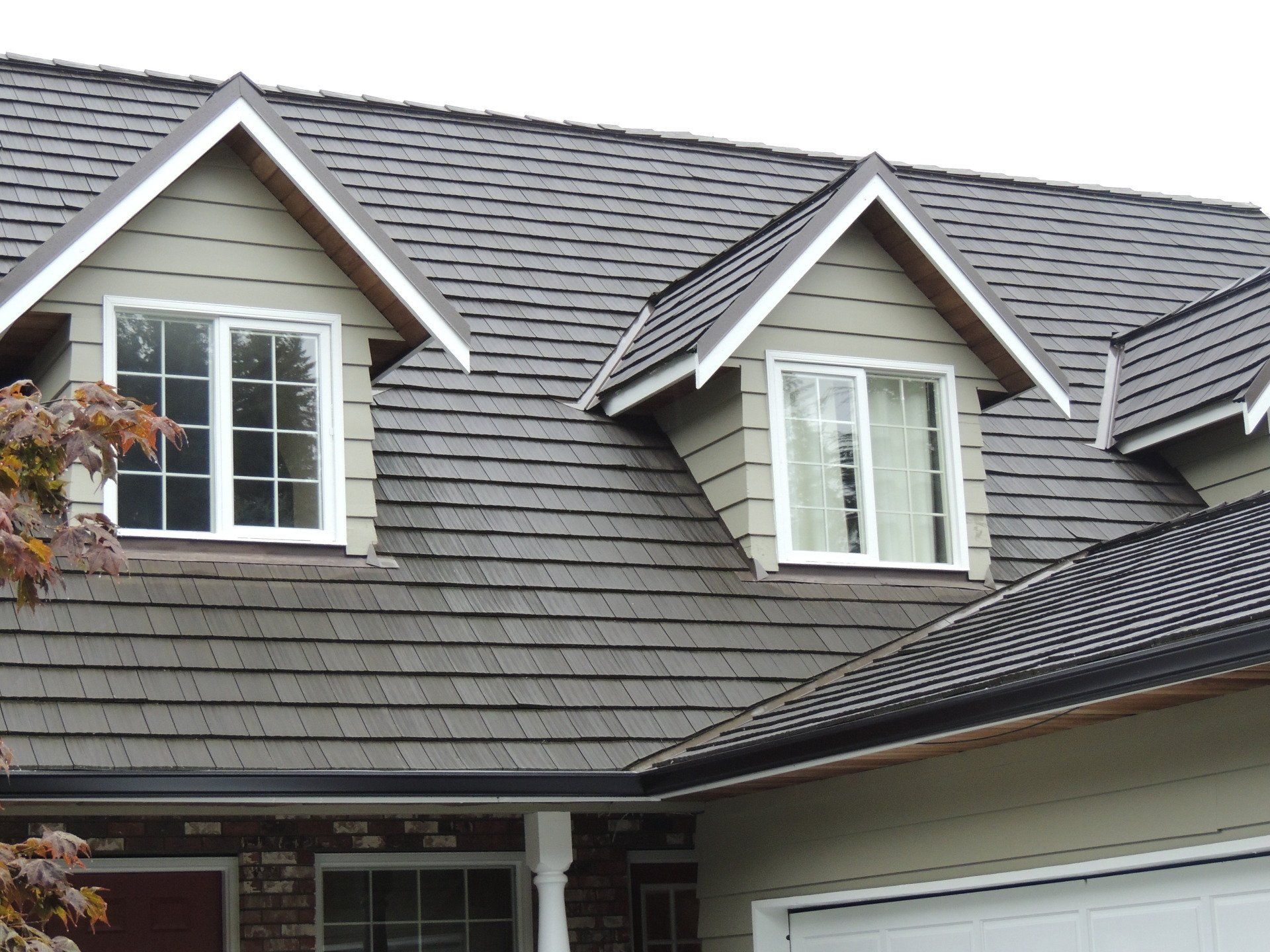
Euroshield Roofing Provides Superior Wind Performance
Storms of all types can produce damaging winds. Winds can reach speeds of
120 mph during a thunderstorm, for example. These straight-line winds and wind gusts can knock down trees, powerlines, and mobile homes. Tornadic winds typically top out at 300mph. While no roof can withstand that type of power, hurricane and tropical storm winds present a different problem for homeowners.
Unlike straight-line winds and wind gusts, hurricanes and tropical storms have sustained winds.
Wind gusts last around 20 seconds or less, while sustained winds last several minutes, applying force on your roof for a much more extended period of time. As a homeowner,
choosing the right roofing material is crucial for protecting your home and your family.
Euroshield roofs are built to withstand some of the harshest weather elements, including wind.
Thunderstorm Force Winds Versus Hurricane Force Winds
According to
the City of Calgary's website, residents experience an average of 13 days a year with wind speeds over 63 km/h. June and July bring some of the worst storms to the area, like
the storms that blew through within days of each other, bringing wind gusts of 75 hm/h. On the other hand, the North American hurricane season begins June 1st, and it typically ramps up around August and September. Measured in Categories One through Five, sustained winds can reach
157 mph or higher.
Since 1924, only
6% of hurricanes have become Category Five storms. Category One and Category Two storms seem to be
much more common along the Gulf and East Coasts, with sustained winds of up to 110 mph. In Florida, for example, homeowners face one of the biggest threats of hurricane damage; which is made more worrisome this year because many insurance companies are dropping their coverage depending on the
age of their roof. So what is the best solution?
Euroshield Roofing Is Resistant To High Wind Conditions
Uplift is one of the leading causes of roof damage during a storm.
Studies show that traditional asphalt roofing shingles can break, split, or crack during high wind situations and, in some cases, initiate the uplift when not properly bonded. The wind force can cause the shingle to initially bend, crease, or tear, allowing lifting as the storm continues. Proper installation can help minimize lift, but the damage is not always visually apparent to the untrained eye. Euroshield rubber shingles have unique interlocking panels that hold the edge, helping to prevent lifting, curling, or blowing off entirely.
While Euroshield is known for its Class 4
impact resistance against hail, these shingles also withstand speeds of up to 170 mph. Each Euroshield shingle model has been tested in a third party, independent lab, exposed to continuous wind for two hours with no blow-off.
Rundle Slate/Ranchlands Shake - in accordance with ASTM D3161/D3161M -14 (fan-induced method). Exposed to 150mph winds continuously for 2 hours–passed.- Vermont Slate, Vermont Slate HP and Beaumont Shake - ASTM D 3161 (Modified); Standard Test Method for Wind-Resistance of Steep Slope Roofing Products (Fan-Induced Method) and FBC (HVHZ) TAS 107 Vermont Slate/Beaumont Shake Panel Loc – Passed at 160 mph for 2 hours continuous exposure.
How is this possible? Euroshield shingles feature a
tongue and groove design that holds up in extremely high wind conditions. Both rely on interlocking sections that help increase the roof's strength as a whole. With tongue and groove, the shingles contain a slot (groove) along one edge and an extending ridge (tongue) on the other. Once fitted together, both methods form a tight connection that is not achievable with traditional shingle materials.
Euroshield Roofing Is Unmatched In Wind Protection and Warranty
Euroshield roofing systems are designed to give homeowners peace of mind during dangerous weather events, providing long-lasting durable, proven performance. Proper installation, yearly maintenance, and regular roof inspections are the best protection against damage. Euroshield's eco-friendly,
sustainable material is designed to keep families safe during a storm. Plus, we offer an unbeatable
limited lifetime warranty on top of the fact that our shingles can last up to 50 years.
For more information on how our shingles perform in high wind situations, check out our
frequently asked questions or send us a quick message
here. You can even
search for a Euroshield-certified roofing installer in your area. Protect your family with the best possible roofing solution.
